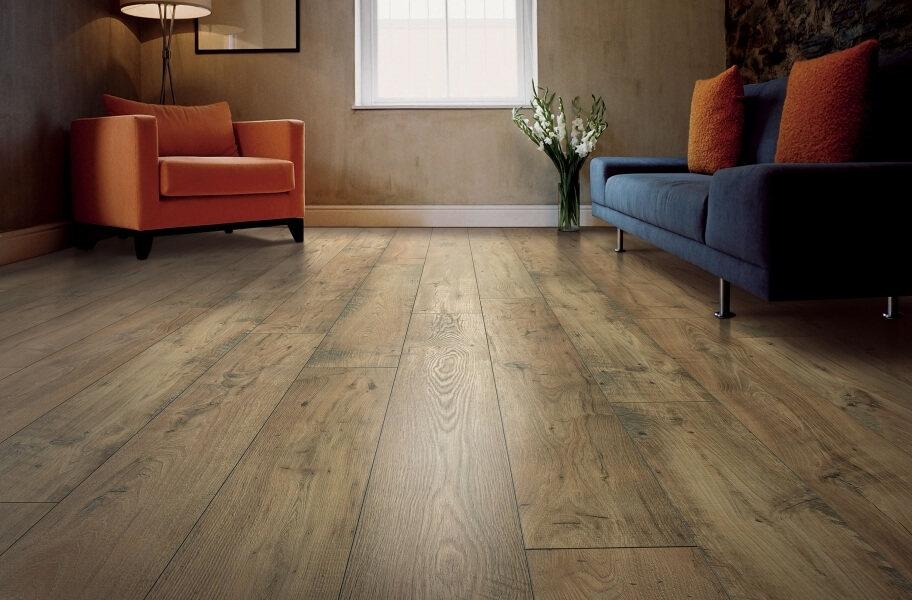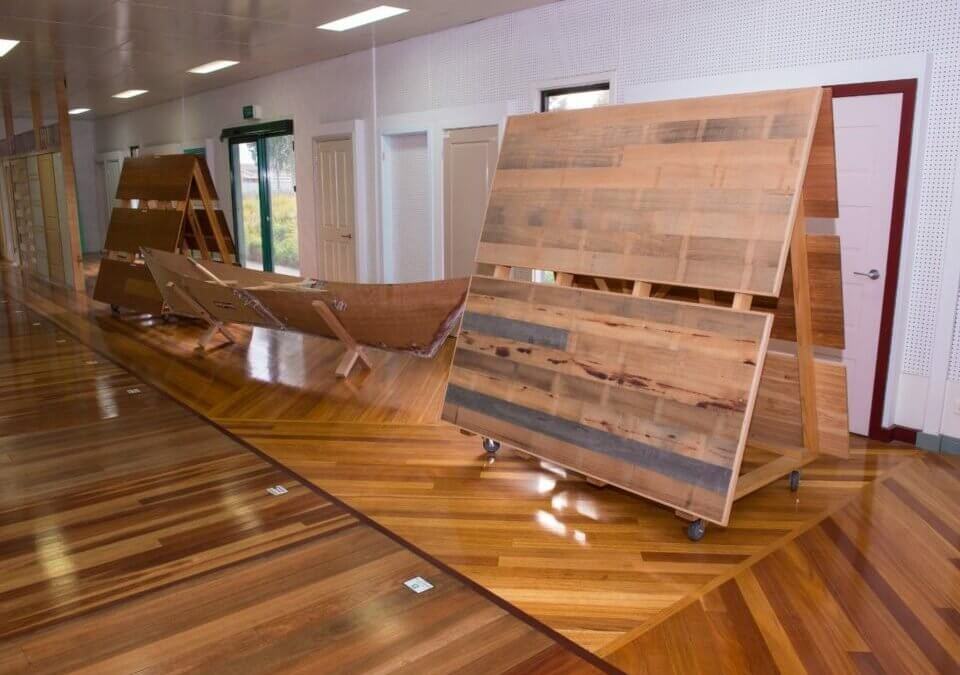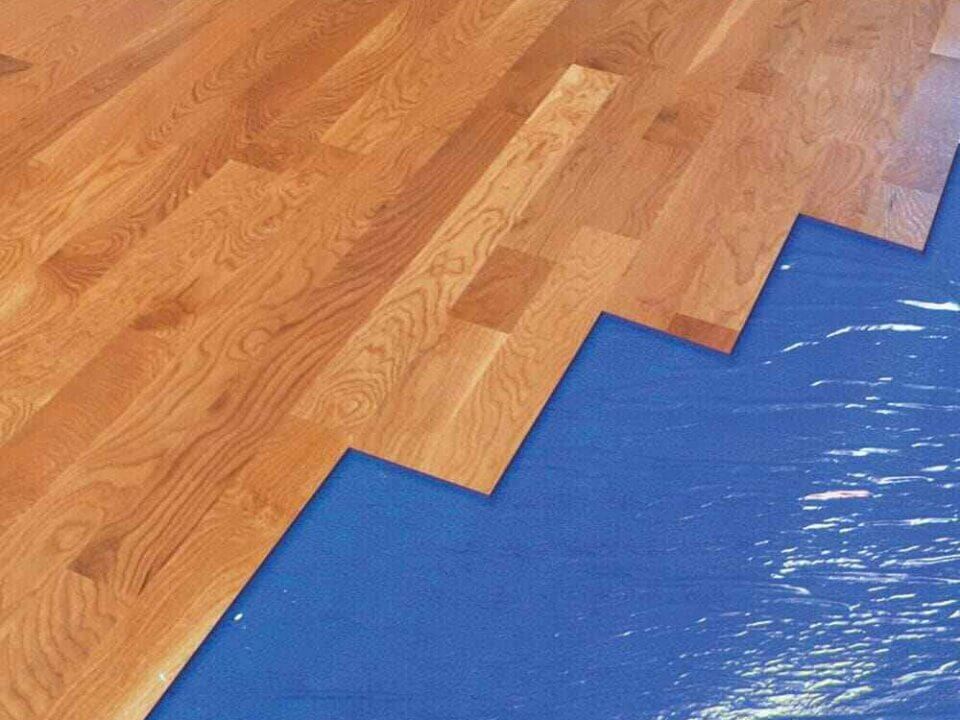- CONTACT US | 7941 CANOGA AVE., CANOGA PARK |
- +1 (818) 888-8065
- +1 (818) 634-4222

Laminate flooring is one of the most popular types of flooring today. It is durable and inexpensive, and comes in a variety of textures and colors. But, you should do your homework before making your final selection. A Laminate flooring guide will simplify the process and help you choose the best type of laminate for your home.
One of the most important things to consider when choosing a laminate is whether it is waterproof. This is a good idea if you have pets or a lot of foot traffic. Also, keep in mind that hardwood is sensitive to sunlight and dirt. To prevent scratches, you should place protective pads on the legs of your furniture and on the high heels of your shoes.
Some laminates also have a built-in underlayment. This extra layer helps create a firmer sound buffer and provides more stability to the laminate planks.
When you are ready to install your new floor, you will need to remove the existing floor covering and prepare the subfloor. If you have pets, make sure they are kept out of the work area.
Installing laminate can be a DIY project, but you may need to call in an expert. Most laminates do not require adhesives, but you should still use the glue recommended by the manufacturer.
If you decide to go with a glue-down installation, you will need to provide a moisture barrier to protect the new floor from moisture. You can also purchase an underlayment to increase the water resistance of the flooring. Regardless of your choice, make sure to read the instructions carefully to ensure that the floor is installed correctly.
For an authentic look, you can choose from rustic wood-look laminates, which replicate hand-scraped finishes. These floors usually have a slightly wire-brushed appearance. Another popular style is distressed wood-look laminate, which has the look of real wood with burnt or scraped edges.
The best quality laminates feature a wax-impregnated edge to enhance moisture resistance. In addition, a matte finish is a great way to disguise small scratches. An abrasion class rating is a good measure of the quality of the material.
In addition to the above, you should consider the thickness of the laminate’s core board. Generally, a thinner floor is better for an area with a wood subfloor, and a wider plank will make a larger room seem larger.
In addition to the features mentioned above, you should also take into account the thickness of your laminate’s backing and wear layer. These layers will protect your laminate from UV rays and provide stability. They also protect your lower layers from moisture.
Whether you are looking for a new look or you want to protect your home from water damage, a laminate floor is a great choice. You can even find laminates with attached underlayments and padding for added comfort. Depending on your lifestyle, you may even opt for a laminate with a scratch protection layer.
When purchasing your laminate flooring, it is a good idea to research the manufacturer’s warranties and other features. You can also visit your local home improvement store to see samples of laminates.




